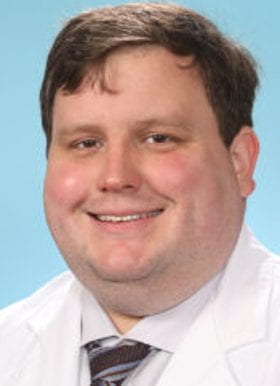
Matthew Brier, MD, PhD
Assistant Professor, WashU Neurology
- Phone: 314-565-9061
- Email: brierm@nospam.wustl.edu
Using PET and MRI to Understand Drivers of Progressive Pathology in Multiple Sclerosis
My research focuses on the clinical question of why progressive multiple sclerosis (MS) continues to develop despite seemingly efficacious treatments for relapsing MS. To address these questions, I use positron emission tomography (PET) and magnetic resonance imaging (MRI) to study multiple pathological processes in human patients with MS.
- Understanding drivers of neurodegeneration early in MS which contribute to the development of progressive MS. Highly effective therapies for relapsing MS dramatically reduce the occurrence of inflammatory demyelinating lesions leading to clinical relapse. Despite this, damage continues to occur in areas of the brain outside of discrete lesions. We use PET and MRI to study pathological processes including subclinical inflammation and metabolic stress. Currently we use novel and established radiotracers as well as oxygen sensitive MRI to understand the extent of abnormalities early in MS with an eye towards how damage accumulates over time.
- Using advanced MRI to measure tissue damage to identify inflammatory injury and neurodegeneration. Advanced and novel MRI sequences developed at WashU allow for more specific measurements of tissue damage related to MS. We are interested in developing these imaging modalities for both research and clinical use. Improved ability to measure ongoing tissue damage may identify treatment failures before significant damage accumulates or identify conversion from relapsing MS to progressive MS.
- Using large imaging databases to build better predictive models of who may have severe MS or require aggressive therapies. On average, MS patients receive one or more brain MRIs per year. This generates a huge amount of data which is summarized clinically by radiologists into a few summary variables: new lesions or not, contrast enhancement or not, new atrophy or not. We hypothesize that there is significantly more information available in these images which could inform clinical care. We are using new image processing techniques and machine learning applied to large imaging databases to understand what additional information can be extracted from routine clinical images.